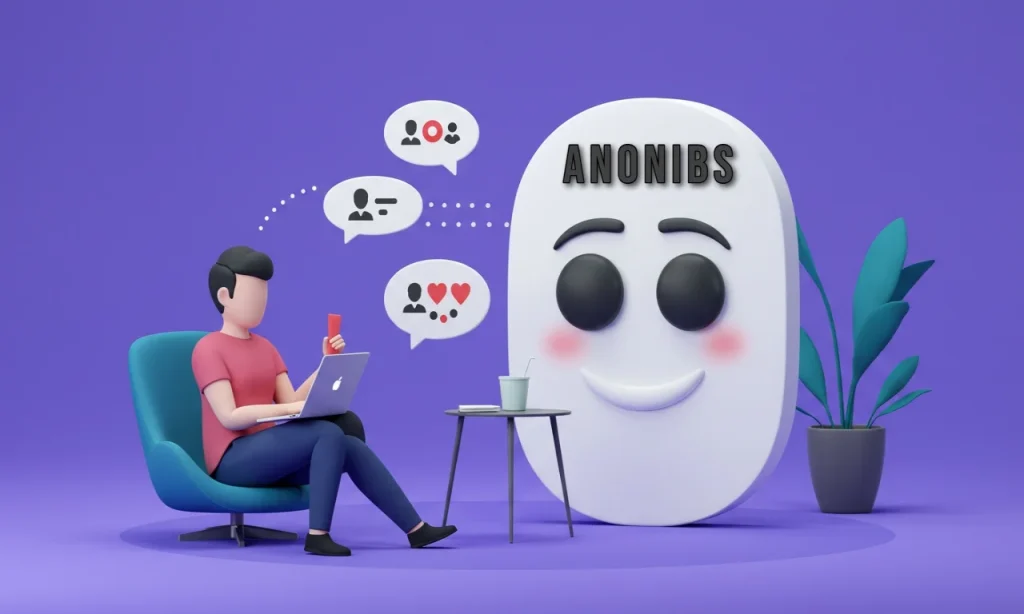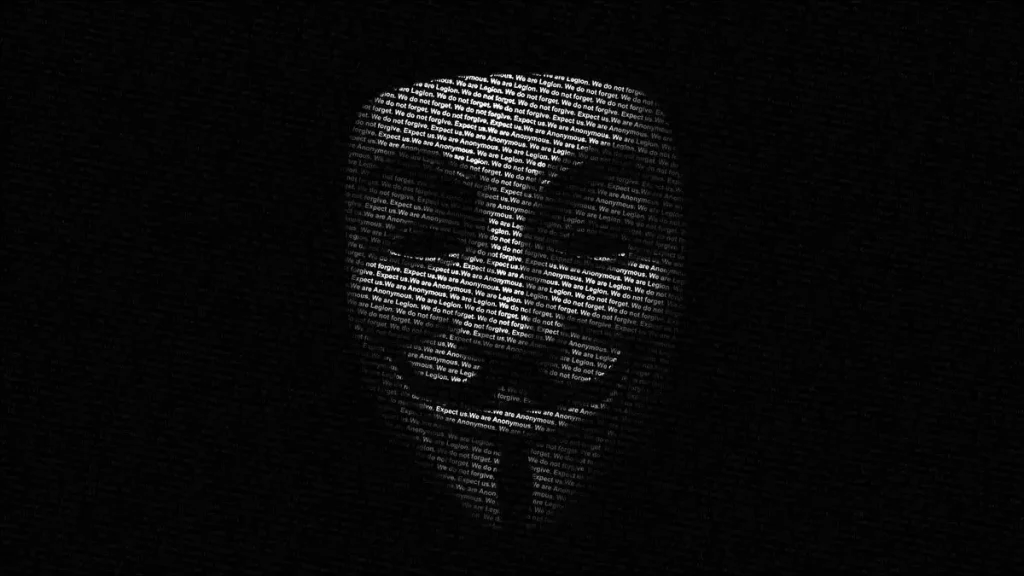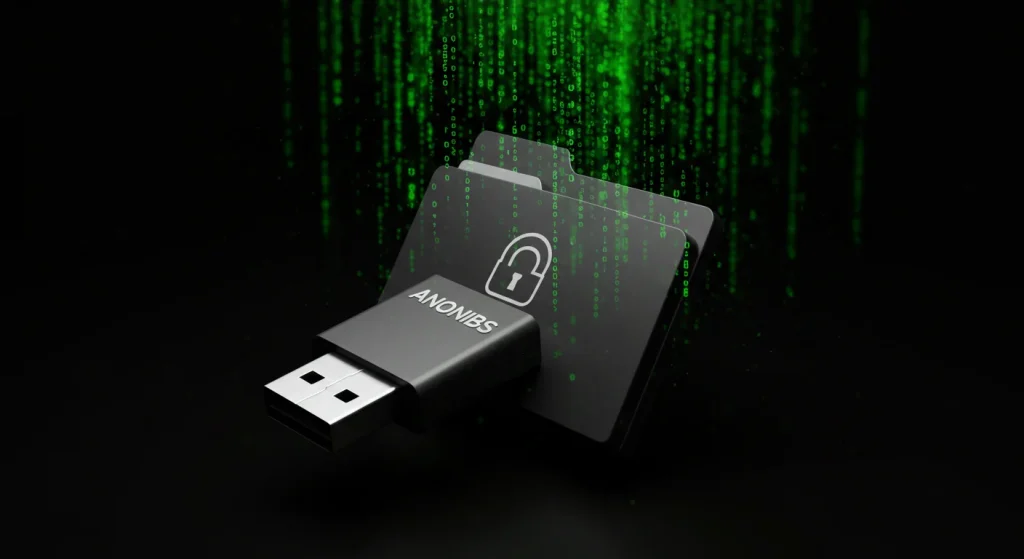Anonibs: Exploring the Digital World of Anonymity and Sharing
In an era where personal data is monitored, and online identities are intensely curated, platforms that allow anonymous sharing have found renewed attention. One such digital space is Anonibs, often referenced as an anonymous image board or platform where users share images or content without revealing their identity.
This article examines what Anonibs means, how it operates, the cultural dynamics around it, its advantages and dangers, and how it might evolve. If you’ve come across the term Anonibs and wondered about it, read on — you’ll get a clear, nuanced understanding.
Contents
- 1 What Is Anonibs?
- 2 How Does Anonibs Work?
- 3 Cultural & Social Dynamics of Anonibs
- 4 Benefits & Advantages
- 5 Risks & Challenges
- 6 Real-World Examples & Cases
- 7 Table: Comparing Anonibs with More Traditional Platforms
- 8 Safety Best Practices for Users
- 9 Future Trends & Predictions
- 10 FAQs About Anonibs
- 11 Conclusion
What Is Anonibs?

Concept & Definition
- Anonibs (sometimes written AnonIBs or AnonIB) refers to anonymous image board systems, where users can upload images, threads, or content without registering a user account or revealing personal identity.
- These platforms emphasize anonymity, minimal traceability, and content over identity — the idea is that what you post matters more than who you are.
Comparison with Other Platforms
Unlike traditional social media (Instagram, Facebook) that tie content to user identity, Anonibs allows freedom from personal attribution. It’s similar in spirit to older image boards (e.g. 4chan) but may show different rules, moderation styles, or niche focuses.
How Does Anonibs Work?
Below are key functional elements common to Anonibs-style platforms:
| Component | Purpose / Description |
|---|---|
| Anonymous Posting | Users upload images or posts without a username |
| Thread or Board Structure | Content is categorized by topics or boards |
| Minimal Registration | Often no sign-up is required, or minimal credentialing |
| Image Upload & Hosting | Supports images (PNG, JPEG, GIF formats) |
| Commenting & Replies | Respond to threads anonymously |
| Moderation Tools | Reporting, filtering, or limited moderation |
| Metadata Scrubbing | Removal of identifying metadata (if implemented) |
These components let Anonibs maintain anonymity while enabling content sharing and community discussion.
Cultural & Social Dynamics of Anonibs

Freedom of Expression without Identity
Anonibs appeals to users who want unfiltered expression without concern over social judgment, identity backlash, or public attribution. It can foster bold or controversial content.
Community & Subculture Formation
Boards can evolve into niche communities—for memes, photography, discussion, confession, or artistic experimentation. Users know the board’s culture, norms, and expectations.
Inside Language and Norms
Over time, these communities develop inside jokes, slang, and unwritten norms. Anonymity paradoxically gives rise to structure and culture.
Potential for Harassment & Extremes
Because identity protection is strong, some boards may attract harassment, hate speech, explicit content, or non-consensual sharing. The balance between freedom and safety is central to debates around these platforms.
Benefits & Advantages
- Privacy & Anonymity
Users can share without fear of being personally targeted or identified. - Creative Freedom
Art, photography, memes, or bold ideas find outlets without brand or persona constraints. - Low Barrier to Entry
No account creation or identity proof needed—anyone can jump in. - Focus on Content over Persona
Posts are valued for their substance, not for who posted them. - Safe Spaces for Sensitive Topics
Individuals discussing personal or stigmatized topics (mental health, confessions) may find anonymity liberating.
Risks & Challenges
- Lack of Accountability
Without identity, users can post harmful or illegal content with impunity. - Non-Consensual Content
Privacy violations, image sharing without consent, or doxxing may occur. - Moderation Difficulties
Anonymous platforms often struggle to enforce rules. Content that violates laws or norms may slip through. - Technical & Metadata Exposure
Even anonymous uploads may carry embedded metadata (EXIF data in images) that reveals device or location unless cleaned. - Legal and Ethical Issues
Laws differ by country. Anonibs may facilitate content that violates copyright, privacy laws, or criminal statutes. - Reputation and Traceability Risks
Anonymity is not foolproof; determined parties or law enforcement may still trace users under certain circumstances (IP logs, server vulnerabilities).
Real-World Examples & Cases
- Anonib Platform
A known anonymous image board where users share images without identifying themselves. It has faced scrutiny for content and privacy practices. - Image Boards & Non-Consensual Forums
Some boards have been used to distribute private images or personal content without consent, pushing ethical and legal boundaries in digital space. - Shutdowns & Moderation Crackdowns
In response to legal action or public pressure, some anonymous boards have been shut down, mirrored, or rehosted elsewhere.
Table: Comparing Anonibs with More Traditional Platforms

| Platform Type | Anonymity Level | User Identity | Content Focus | Typical Risks |
|---|---|---|---|---|
| Anonibs / Anonymous Boards | High | None or minimal | Image posts, threads | Harassment, illegal content, moderating challenges |
| Social Media (Instagram etc.) | Low to medium | Real identity or pseudonym | Mixed media, social sharing | Identity exposure, data misuse |
| Forums / Reddit | Low to medium | Username | Discussion, media, topics | Doxting, trolling, content violations |
| Private / Encrypted Chat | Medium | Encrypted, private chats | Personal conversation only | Data leaks if keys compromised |
Safety Best Practices for Users
- Always remove metadata (location, device info) before uploading images.
- Use VPNs or proxy services to mask IP addresses.
- Avoid posting personal identifiers (faces, names, addresses).
- Report harmful or abusive content when possible.
- Use disposable or anonymous devices/accounts separate from your main identity.
- Understand the legal environment in your jurisdiction.
Future Trends & Predictions
- Blockchain & Decentralization
Anonymous boards may shift to decentralized hosting to reduce censorship and improve resistance to takedowns. - AI Content Filtering
Smart moderation tools using AI might help balance anonymity with content safety. - Encrypted Anonymous Platforms
More sophisticated encryption layers could further shield identity and content from external tracking. - Legal Reforms & Regulation
As anonymity platforms grow, lawmakers may push for stronger regulation, content takedown rules, or enforcement mandates. - Hybrid Models
Platforms may combine anonymity with opt-in identity features or reputation systems to mitigate abuse.
Read: The Future Of Atomic Swaps And Trustless Exchange Technology
Read: Get More From Your Production Line with Modern Case Packing Machinery
Read: What Top-Tier Online Casinos Really Offer and How to Choose the One for You
Read: Casino Chips Explained: Values, Colors, and Collectibles
Read: Foreigner Loans in Singapore
Read: 9 Tips to Improve Your Jewelry Repair Store
FAQs About Anonibs
What exactly is Anonibs?
Anonibs is an anonymous image board or sharing platform where people post content without revealing their identity. It emphasizes anonymity and content-based interaction.
Is Anonibs legal?
It depends on jurisdiction and content. While anonymity itself is not illegal, sharing non-consensual or illicit material can violate laws.
How safe is it?
Safety is relative. Because of anonymity, harmful content may appear. Your privacy is stronger, but metadata, logs, and weak servers can expose you.
Some people prefer expressive freedom without identity constraints, fear of judgment, or data tracking. It’s a space for raw content, not for ego or branding.
Can content be traced back to user?
In some cases, yes. If servers log IPs, metadata leaks, or law enforcement issues demands, identities may be uncovered.
Conclusion
Anonibs represents a fascinating—and sometimes controversial—corner of the internet. It is where anonymity meets content, where identity is secondary to expression, and where digital freedom intersects with ethical risk. While it provides a platform for bold, unconstrained sharing, the lack of accountability and moderation poses serious challenges.
As anonymity continues to be discussed worldwide in debates on privacy, free speech, and technology, platforms like Anonibs will remain critical testing grounds. The future lies in how communities, platforms, and regulators balance freedom and responsibility, and whether anonymous spaces can evolve to be safe, expressive, and meaningful.


